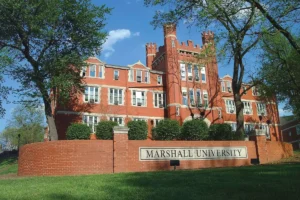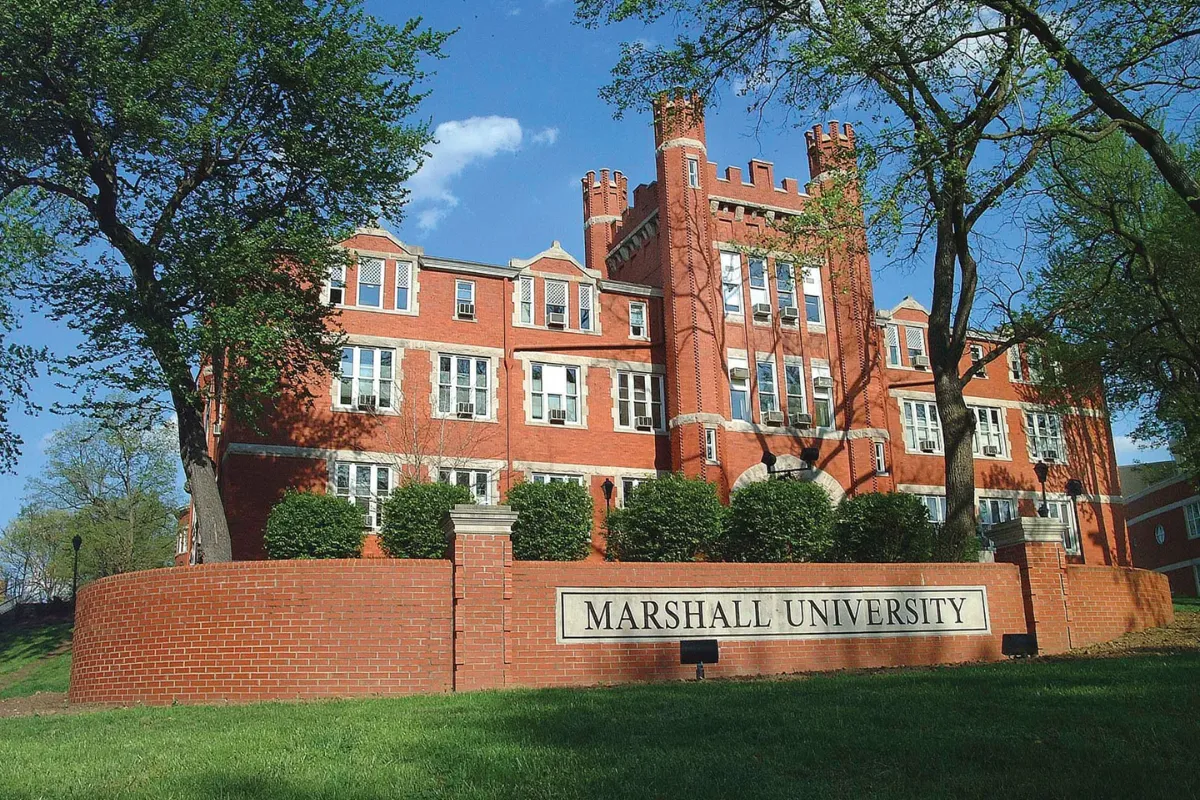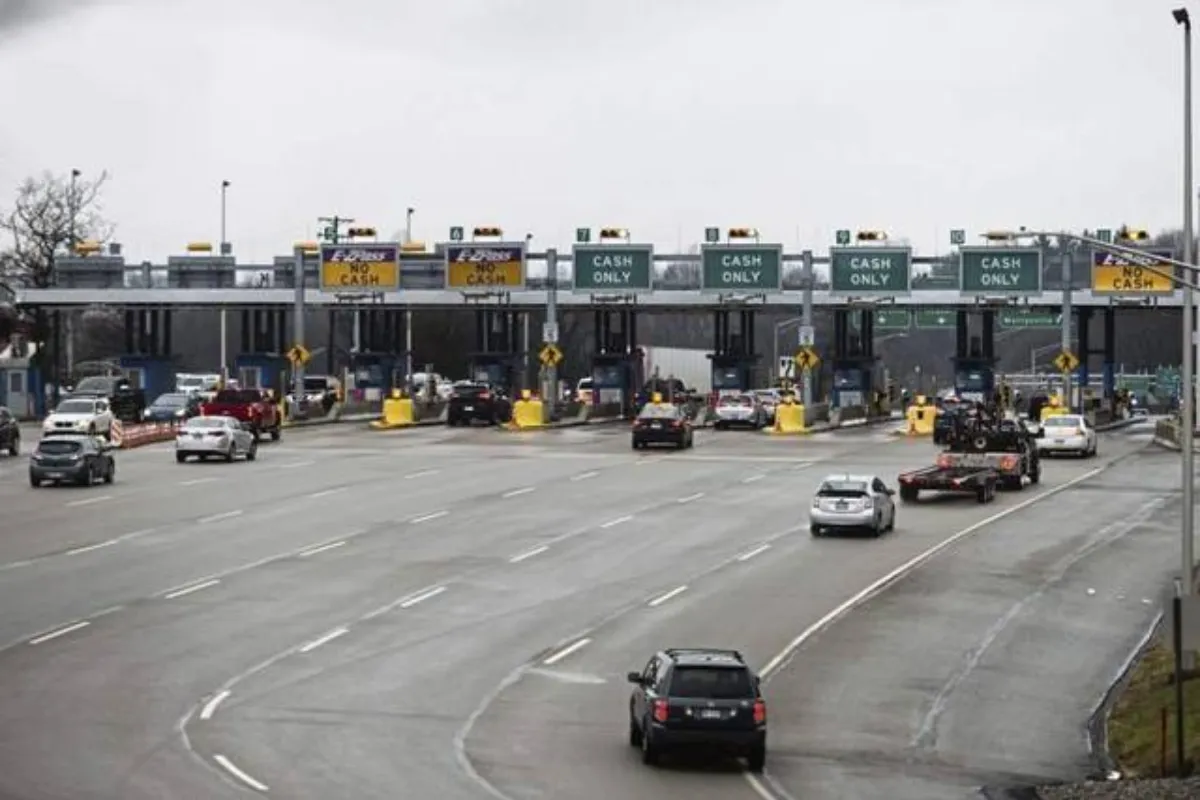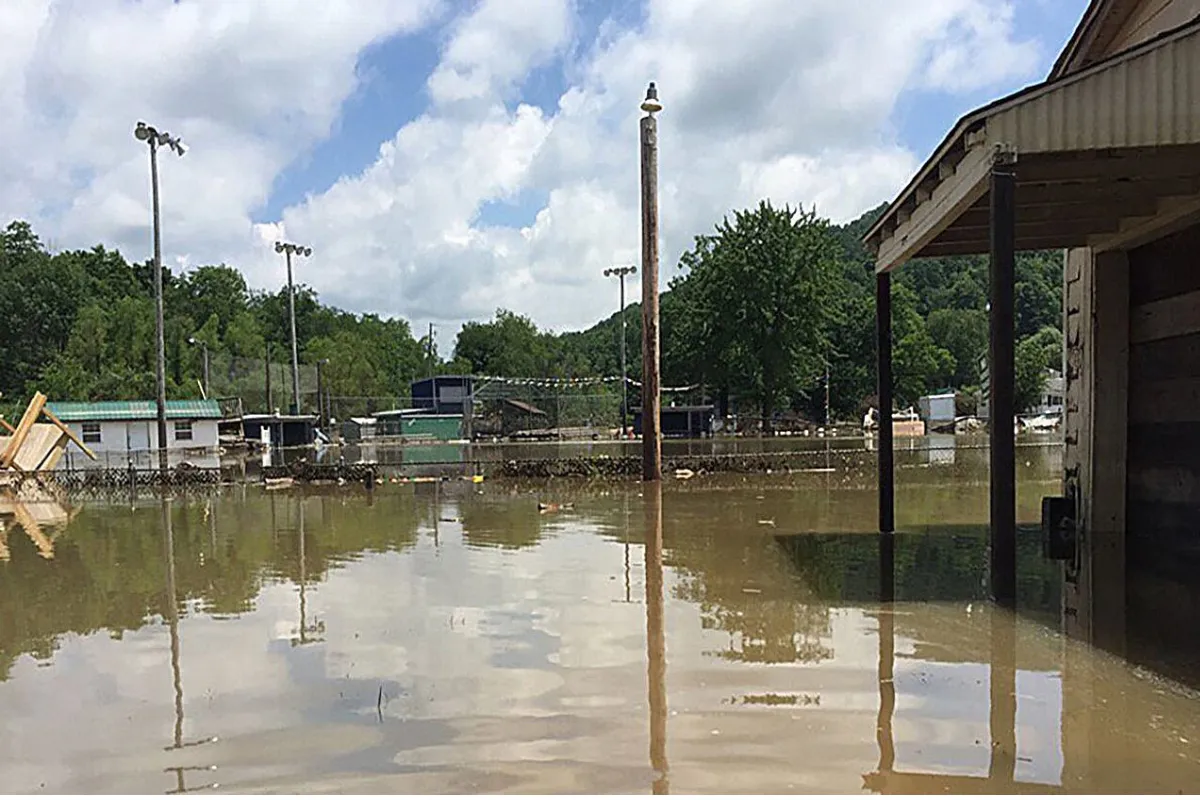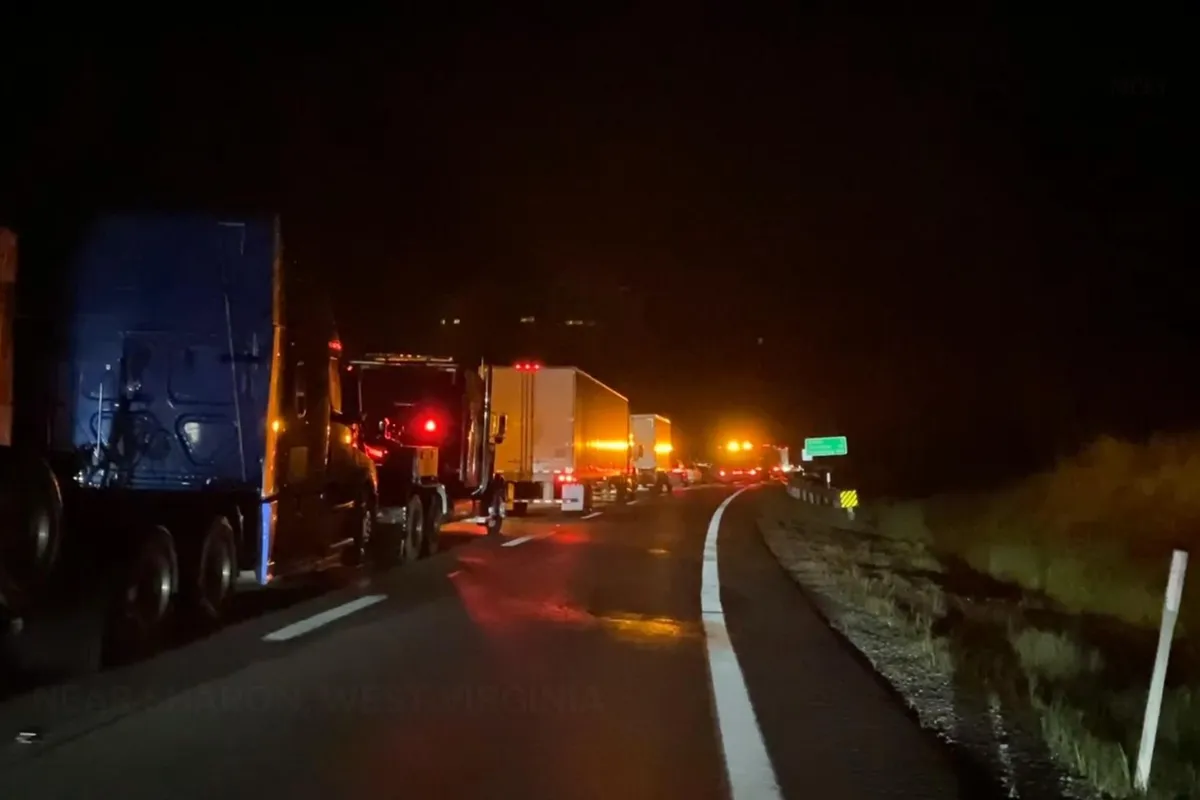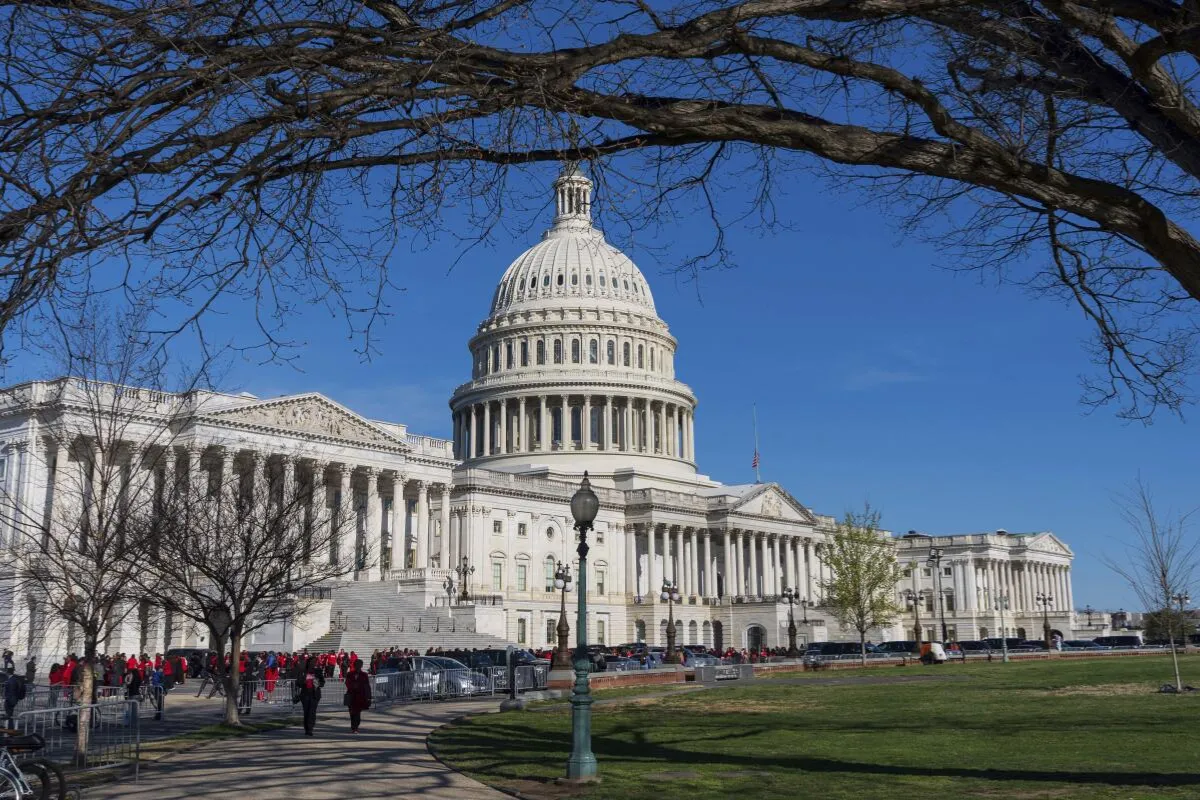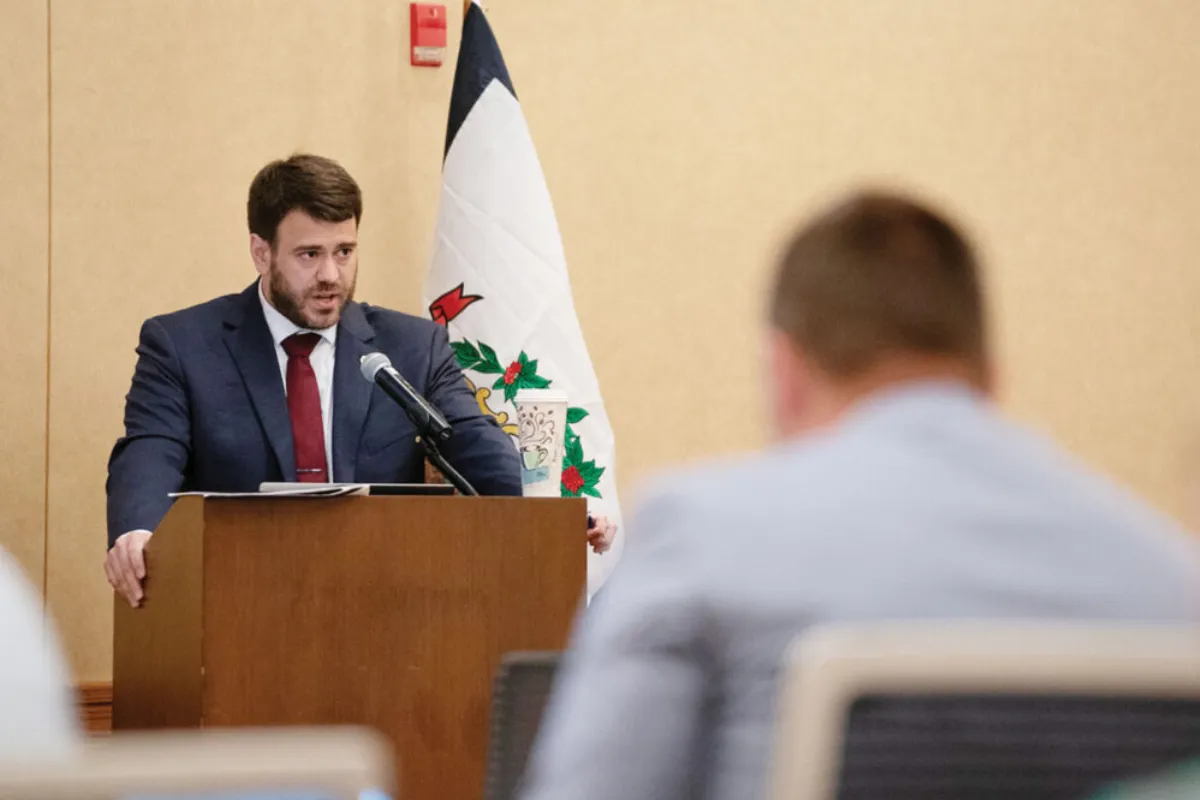It’s hard to believe the first Star Wars movie debuted nearly 50 years ago in 1977. The human-like droids captured imaginations, performing tasks just like people. Fast forward to today, and those science fiction fantasies are inching closer to reality. From robot housekeepers to intelligent manufacturing arms, automation is no longer futuristic—it’s part of our everyday lives.
My wife, Lynnda, still dreams of a robot to handle chores like in The Jetsons. While we’re not quite there, we do have a couple of robotic vacuums. Still, the gap between fiction and reality continues to shrink—especially here in the Shale Crescent USA region.
Just this week, Lynnda and I had dinner with the managing partner of a robotics company expanding into our area. They’re already serving clients here and are now scouting for a new facility and more customers. Most car manufacturers already use robots for welding and assembly. But this company goes further, building humanoid robots with advanced movement and hand capabilities. These machines can grip objects, work in fields picking strawberries, or help in complex industrial tasks.
At the National Plastics Expo 2024, I saw firsthand how robotics and automation are revolutionizing the workplace. These technologies handle sorting, packaging, and stacking tasks that are repetitive and physically demanding. In fact, robots help reduce injuries while increasing efficiency.
However, robots don’t eliminate jobs—they create new ones. These systems need trained technicians to program, maintain, and repair them. And they’re helping fill gaps in our local workforce.
At the West Virginia Manufacturers Association (WVMA) conference in Wheeling, many businesses said their biggest challenge is finding workers. Programs are now targeting individuals finishing drug rehab or transitioning from prison, offering them opportunities to reenter the workforce.
There’s also a push to attract more women through child care support and to spark student interest in skilled trades starting as early as junior high.
West Virginia has some impressive stats. Since 2017, the state has attracted over $20 billion in private business investment. It boasts the nation’s lowest manufacturing turnover rate and the second-lowest workers’ compensation rate. These are key indicators that something very positive is happening here.
TCL in New Martinsville has over 200 workers and is already planning an expansion. The Nucor Steel project in Mason County is halfway finished with hundreds of construction workers on site. In Weirton, Form Energy is already producing massive iron-air batteries and employs around 450 people—an economic shot in the arm for the region.
Energy is also a crucial part of the equation. Experts warn of a potential power shortage by 2030, but our region has a unique advantage: abundant, affordable, and local natural gas.
Peter Huntsman, CEO of Huntsman Chemical, said during WVMA that Europe’s energy missteps—like over-relying on renewables—should serve as a cautionary tale. In contrast, the Shale Crescent region offers “REAL” energy: Reliable, Efficient, Affordable, and Local.
Natural gas-fueled microgrids could help meet rising power demands quickly, especially as we wait on more complex solutions like small modular nuclear reactors (SMRs), which likely won’t be operational before 2030.
The Shale Crescent USA (SCUSA) team is taking our message to the national stage at the SELECTUSA conference in Washington, D.C. This year, they’ve scheduled over 50 meetings with manufacturers and petrochemical companies—many of whom have no idea about the strategic advantages of our region.
SCUSA’s new exhibit will showcase everything we have to offer: central location in the U.S., affordable and reliable energy, strong workforce, and vibrant communities. As our robotics, energy, and job sectors grow together, it’s clear—we’re not just preparing for the future. We’re already building it.


